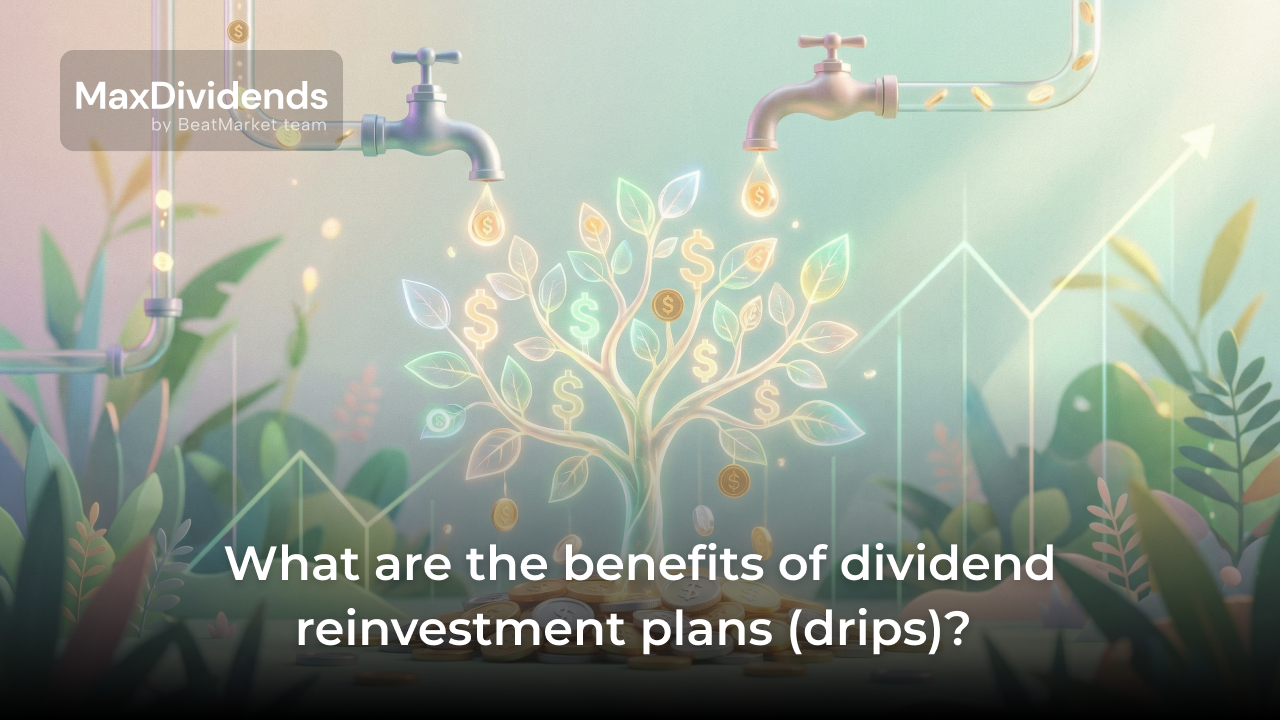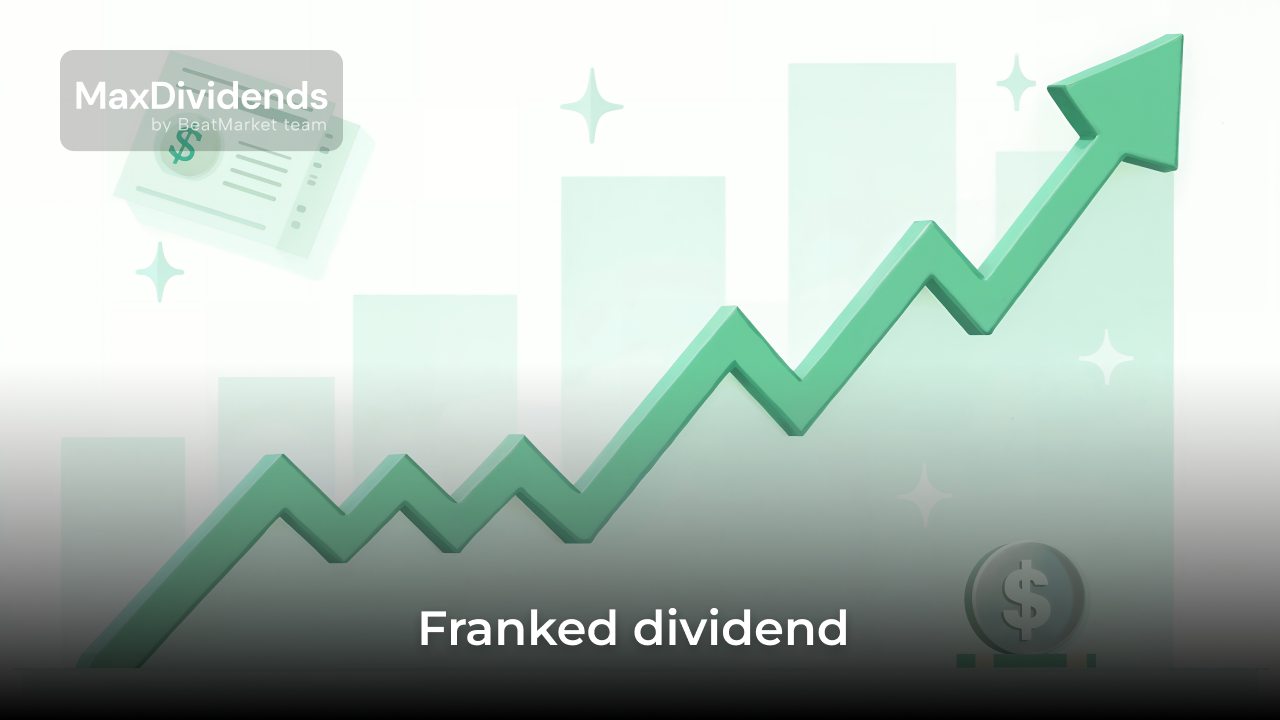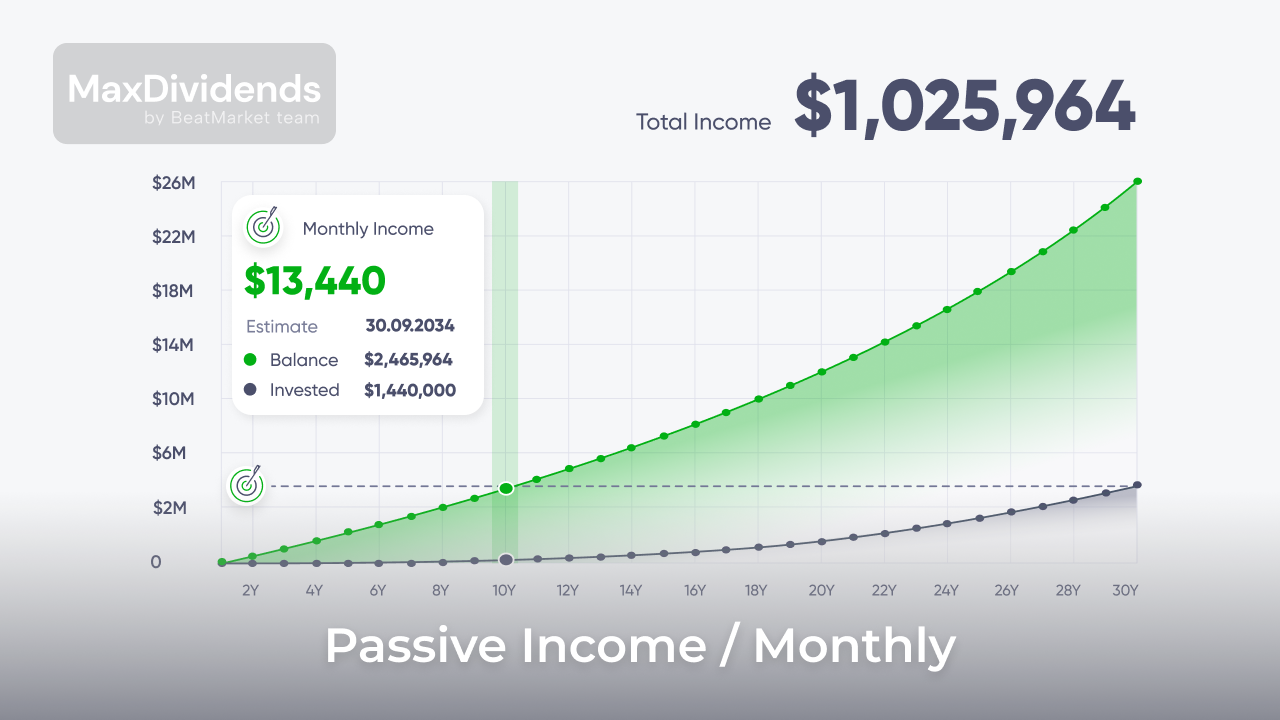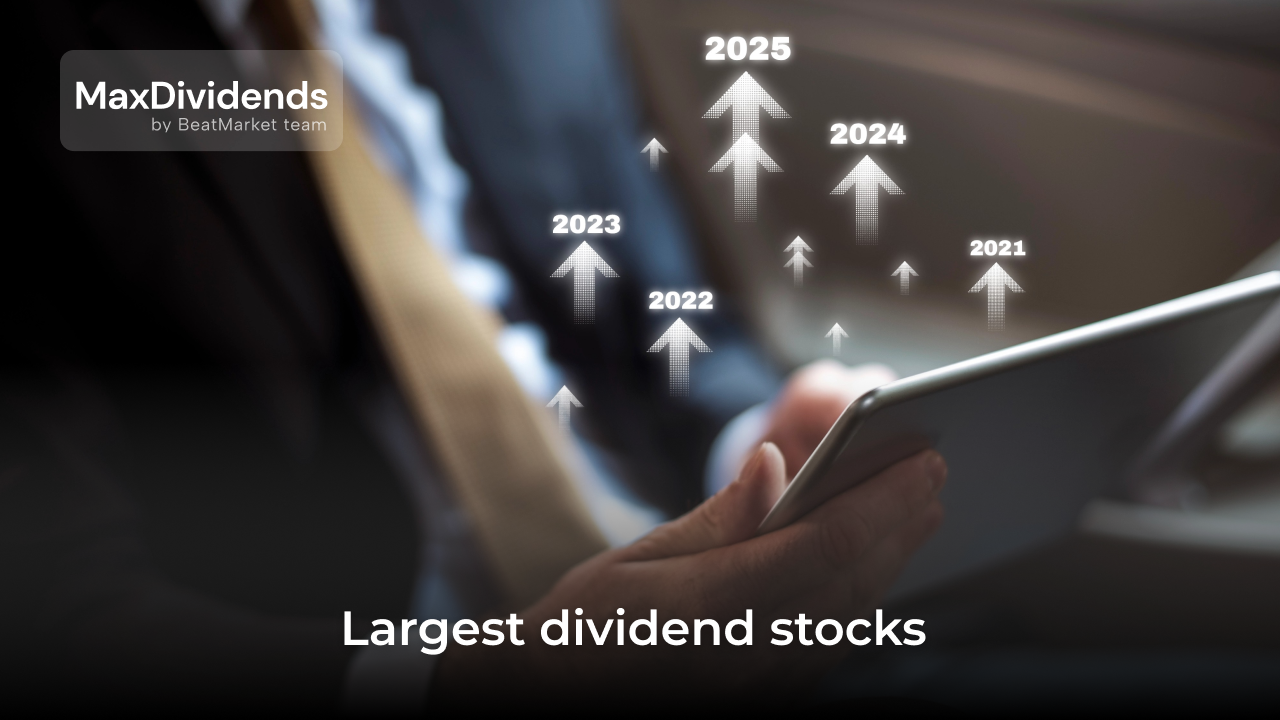Table of Contents
Why I will never catch up with the index, but it’s not the first month ahead
As an experienced equities investor, I’d like to discuss a common issue that arises when comparing portfolio returns to the performance of an index. I manage a public portfolio for the BitMarket project, which shows my deals, returns, dividend yields, and other indicators. While analyzing the returns of my portfolio and comparing them to an index, I have noticed a difference in returns that needs to be addressed.
What am I doing
In my public portfolio, I select highly rated stocks and build strategies based on this approach. To demonstrate the effectiveness of this strategy, I created a clone of my portfolio, which mirrors the investment amounts and transaction days. The clone is similar to an ETF on the SP500 index. When comparing the returns of both portfolios, it appears that the index strategy has a higher return in percentage terms. However, the amount of money in my BeatMarket portfolio is greater than that in the clone.
What are the differences
This difference in returns is due to a common trap of calculating returns of multiple services or the often-used comparison model. When regularly reinvested funds are taken into account, the yield in percentage terms is also averaged, and it is particularly noticeable during the portfolio’s growth phase. In other words, it is possible to show a lower percentage return than the index but still have more money according to investment results.
How to avoid distortion
To avoid such distortions, I run two strategies and ensure that all figures are visible and can be checked. At BitMarket, we also prepare calculations that take dividend reinvestment into account and consider such things when managing the portfolio. Currently, my portfolio is ahead of the index by a small amount, but those who have been following the portfolio since the beginning can see that the total amount is greater than the amount of similar investments in the index for the past eight months. The gap in dividend payouts is also steadily growing, which will undoubtedly affect further dynamics, taking into account reinvestment.
And conclusions
Overall, I believe that the best way to compare portfolio returns to an index is to consider the total return, which includes reinvested dividends. This approach provides a more accurate reflection of the actual performance of the portfolio and eliminates distortions in the comparison.






